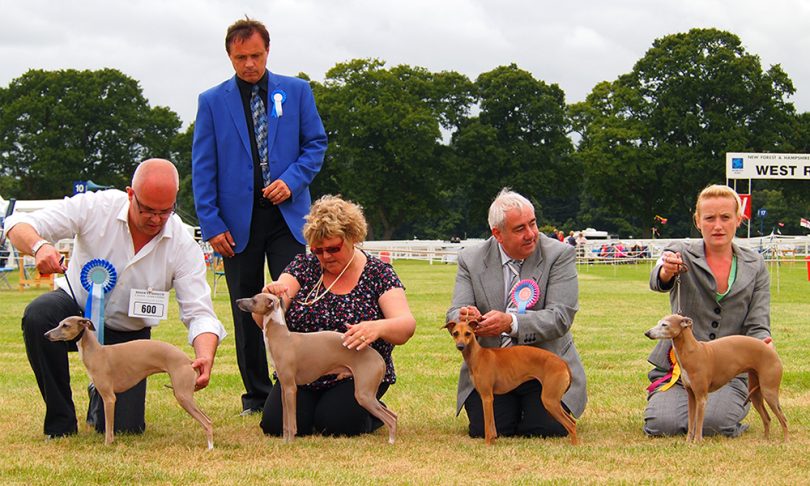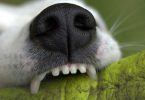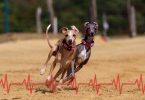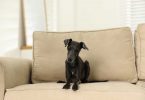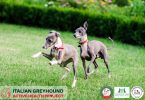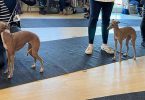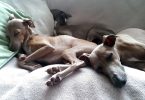Much discussion has been circulating the show world regarding the new development programme that is being put in place for upcoming judges; th eJudges Education Program (JEP). The strengths of existing structures and potential improvements which could be introduced to support judges wishing to progress up judging lists have been examined. Individuals still need to attend and pass various examinations and assessments as well as fulfilling other criteria. Breed specific seminars are hosted by clubs to educate judges who are interested in their breed, fully explaining the Kennel Club standard as well as informing attendees of the breed’s unique characteristics. With the Italian Greyhound Club, this includes the approach to judging Italian Greyhounds, specifically.
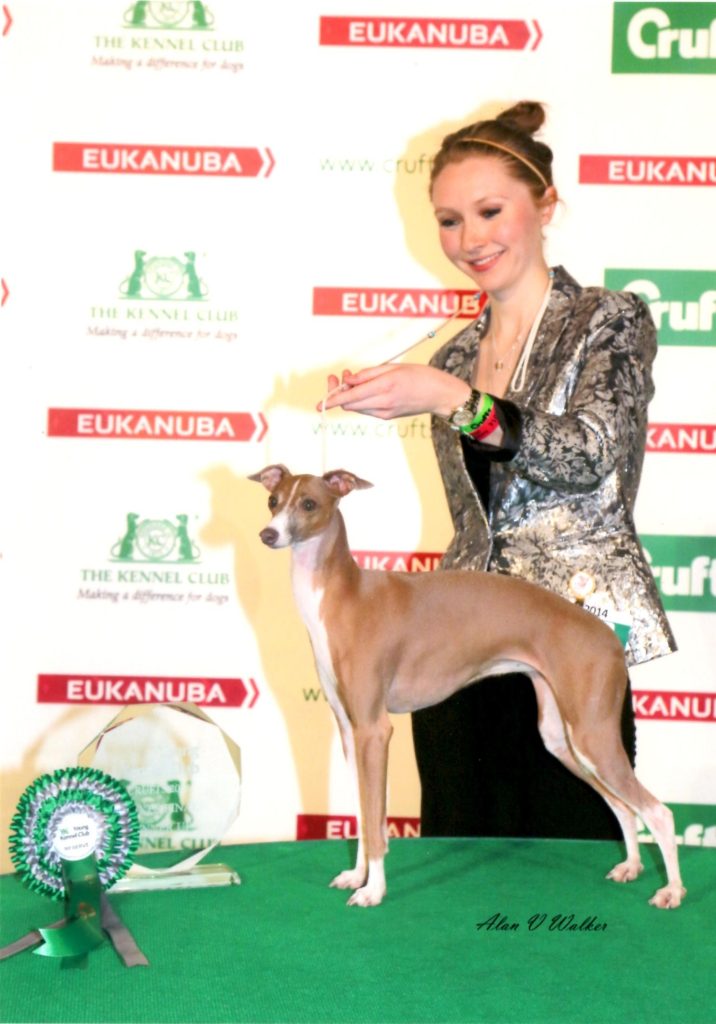
Learning about what makes a correct specimen of a particular breed is an ongoing education, something that comes with watching a breed, learning from those who are specialists in the breed, and an unwavering desire to know more about the breed to fully understand all of its characteristics. But being a judge involves more than just knowing what conformation features to look for and what faults to penalise. Judges need to also comprehend a breed’s temperament.
One key element of the judging development curve which I feel can be overlooked is that of learning how to approach and physically assess a particular breed. Each breed has its own preferences which determine how judges should go over dogs when judging them. How a judge approaches and goes over a terrier breed differs to how a sighthound breed should be assessed. Unfortunately, there are cases when judges appear to have not fully researched the breed that they are judging with their physical approach to assessing the dogs negatively affecting some exhibits’ performances.
The Physical Approach to Judging Italian Greyhounds
As described in the Kennel Club standard, Italian Greyhounds “may appear aloof” so they therefore need to be handled sympathetically yet confidently. For those of us in the breed, we all know how our Italian Greyhounds can be sensitive one moment and confidently playing and barking the next. Consequently, an Italian Greyhound needs to feel confidence in the people approaching them. For judges, this means that they need to approach a dog on the table from the front in a positive manner. When handling an Italian Greyhound, the judge should be gentle and reassuring and, as there is no coat to hide any of their conformation, there is no need to excessively handle an Italian Greyhound.
When a judge correctly handles an Italian Greyhound, it is a positive experience for all. Italian Greyhounds are people lovers so any attention is often welcome. Their owners are left content knowing that their dog has put on a faultless performance on the table. And, hopefully, the judge has enjoyed going over the breed. However, while there are thankfully more judges approaching Italian Greyhounds correctly than not, there have been instances when dogs have been unsettled by certain approaches.
I was recently rather surprised to see a judge lift up the paw of an Italian Greyhound to assess the pads. Firstly, unlike some other breeds, there is no mention of an Italian Greyhound’s pads in the Kennel Club breed standard. The standard calls for a hare foot which can be clearly identified without even touching the dog, let alone lifting its feet. Secondly, the manner in which the paw was lifted was rather insensitive. It was certainly not done harshly but the Italian Greyhound in question was somewhat unsettled by this act. As it is not normal practice to assess the underside of an Italian Greyhounds foot, most Italian Greyhounds are probably not used to this sort of behaviour.
Another thing to avoid when judging Italian Greyhounds is to lean over them. I have experienced some judges whose jackets have been open so that, while they lean over the dog, their jacket ends up touching the dog as well. A little thing you may think, but put yourself in the dog’s shoes and imagine it from their perspective –they can feel a pair of hands going over them but what if there is something in the jacket pocket which hits the side of the dog accidentally? Dogs are animals, not statues.
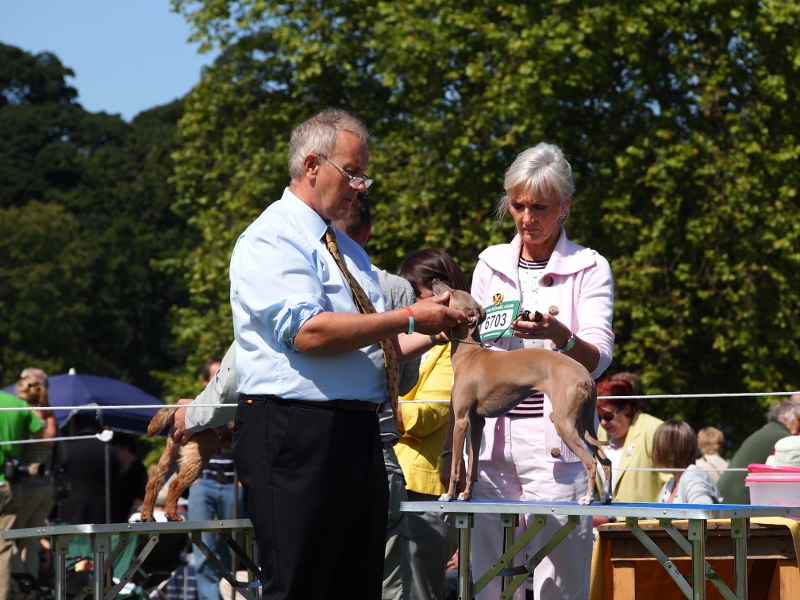
A final unnecessary approach towards Italian Greyhounds is over-handling them. The beauty of our breed is that everything you need to see is visible – you almost need not touch them because their curves, elegance and stamina are all identifiable before you even put your hands on them. I am often surprised when I see judges measuring angles on an Italian Greyhound when there is no coat hiding anything. The angle of the shoulder, the balance of the dog’s overall structure and the angulation of the rear are clear to see. Of course, the bite, the texture of the coat, the muscle-tone, and checking for testicles on a male dog require the physical examination. But the time that judges have to assess each dog is limited so spend it wisely with the Italian Greyhound; enjoy their aesthetics and see their grace and power come into its own when moving around the ring.
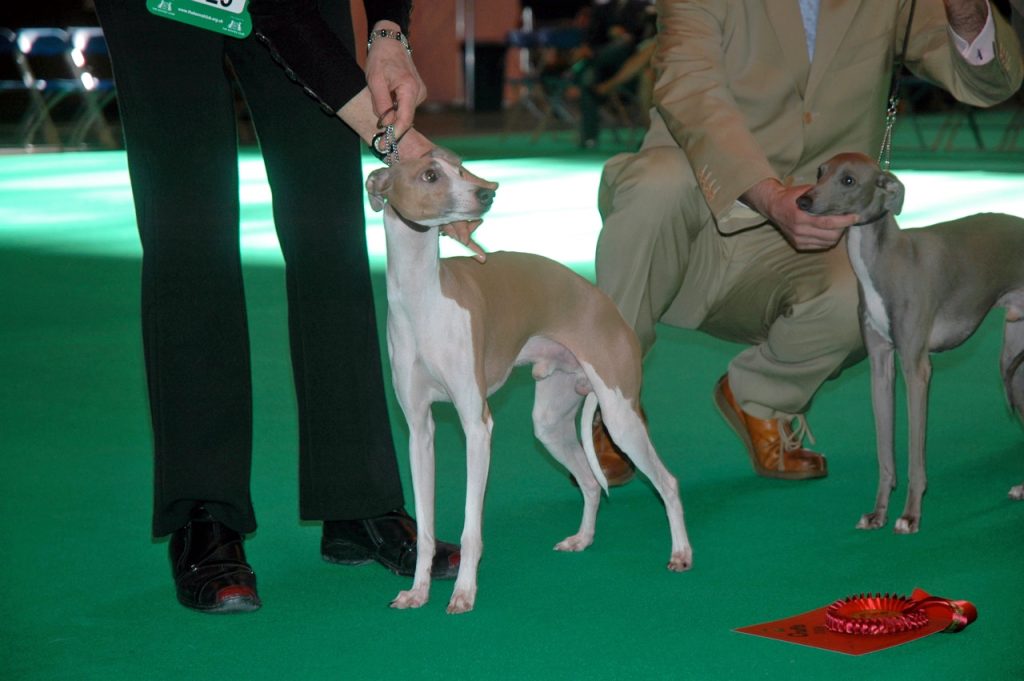
The beauty of our breed is that everything you need to see is visible
As previously mentioned, the number of judges is low whose physical approach to judging Italian Greyhounds leaves room for improvement, in my opinion. There is an abundance of experienced judges, both from within and outside of the breed, who are natural dog-people and who understand how to approach the dogs underneath their hands no matter what the breed. Last year for example, there are several Italian Greyhound judges who stand out in my mind whose handling of the breed was exemplary and reflected a genuine understanding of the Italian Greyhound.
However, as so often is the case, it is the negatives that stick in one’s mind because one bad experience in the ring can lead to many weeks or months of training and rebuilding a dog’s confidence. Whatever the dog, before stepping into the ring, judges need to not only understand what makes a superb example of the breed, but they also need to research what makes that particular breed tick. The Kennel Club Canine Academy has a breed specific film for Italian Greyhounds and it is recommended viewing for all potential judges of the breed: https://learn.kcacademy.org.uk


